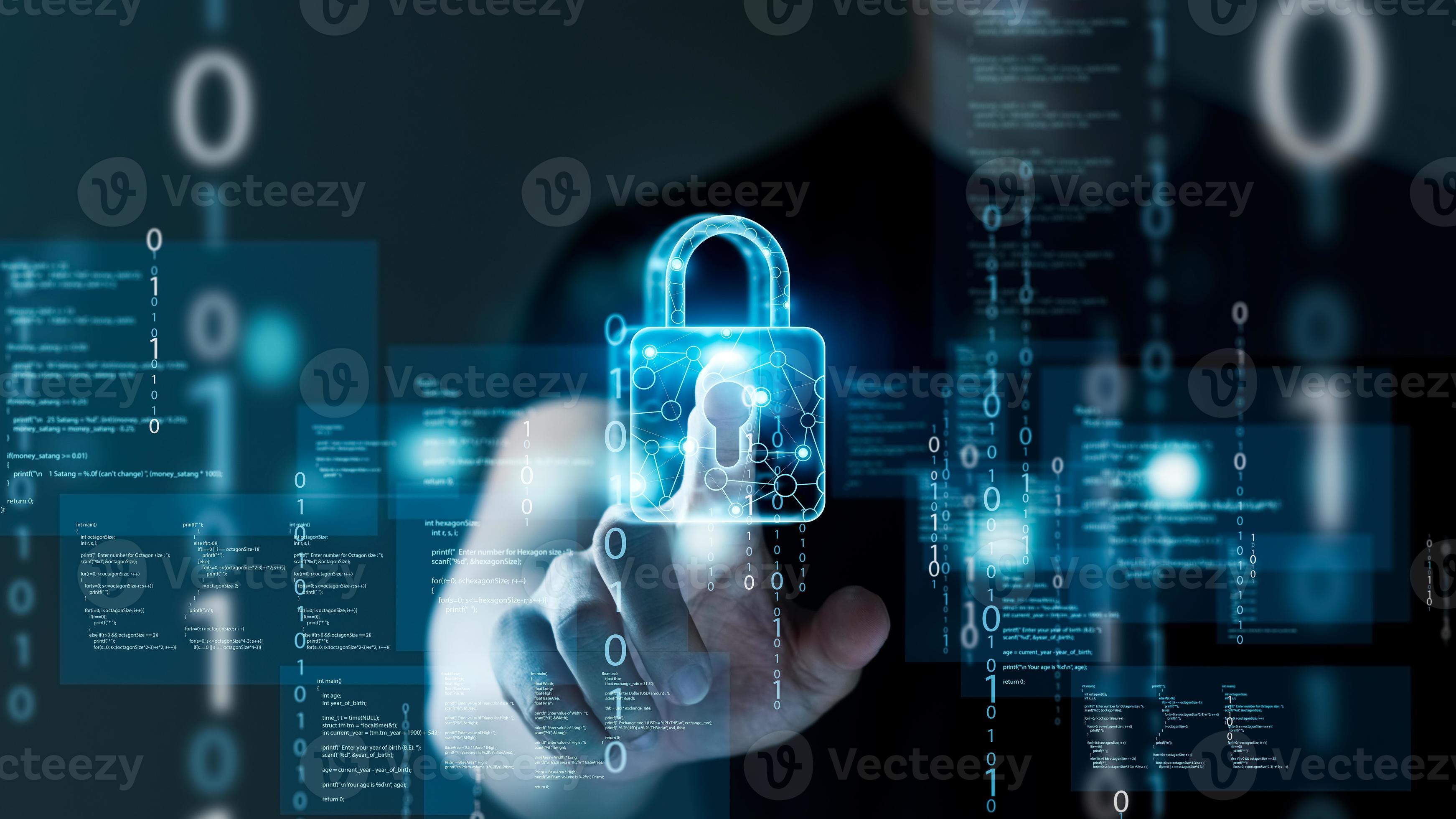Cybersecurity Regulations: What You One Need to Understand
Cybersecurity Regulations: What You One Need to Understand
Blog Article

the modern digital environment has made cyber defense is now an important focus for organizations and groups of all sizes. Due to the growing occurrence and advancement of online attacks, grasping the rules that govern internet security protocols is vital. Such rules not only aim to protect sensitive data but also make certain that companies follow standards made to secure their business activities and maintain consumer trust.
With every moment, as the online world develops, so do the laws and directives that determine how organizations should coordinate their cybersecurity measures. Ranging from the General Data Protection Regulation in Europe to the different compliance requirements in the United States, staying informed about these regulations is crucial. This article analyzes the key elements of cyber defense regulations, offering perspectives into their significance and what businesses need to do to adhere effectively.
Summary of Information Security Regulations
Cybersecurity regulations are critical structures implemented to defend sensitive data and ensure the security of digital systems. As cyber threats persist to change, governments and organizations have realized the need for comprehensive guidelines that regulate how information should be handled and protected. These regulations function as guidelines for businesses to confirm they are taking adequate measures to protect against security incidents and unauthorized access.
Regulatory bodies often introduce laws that require organizations to adopt specific practices, such as data encryption, frequent security assessments, and employee training. Compliance is not just about escaping penalties; it also reflects a commitment to cybersecurity that can boost customer confidence and corporate reputation. Many industries, especially those handling personal or financial information, are governed by stricter regulations crafted to reduce risks associated with potential data leaks.
In addition to state regulations, multiple industry-specific guidelines also play a crucial role in influencing cybersecurity practices. For instance, the Payment Card Industry Data Security Standard (PCI DSS) details requirements for companies that manage credit card data. These guidelines provide a holistic approach to securing sensitive data and often enhance broader regulatory efforts, helping organizations establish and maintain robust cybersecurity measures.
Key Compliance Requirements
One of the key compliance requirements in cybersecurity is the protection of data. Organizations must implement measures to secure sensitive information from unauthorized users and breaches. This includes implementing encryption techniques, maintaining security protocols, and frequently reviewing access controls. Ensuring that data is handled in accordance with regulations such as the General Data Protection Regulation (GDPR) is vital for businesses operating in or engaging with the European Union.
Another critical aspect of compliance involves incident response and reporting. Companies are expected to have a well-defined plan in place for addressing cybersecurity incidents effectively. This means developing a process for detecting breaches, mitigating damage, and reporting incidents to the relevant authorities within a specified timeframe. Timely reporting is crucial to limit the impact of a breach and to ensure that organizations remain compliant with laws like the Health Insurance Portability and Accountability Act (HIPAA).
Cybersecurity Classes
In conclusion, employee training and awareness are critical components of cybersecurity compliance. Organizations must ensure that their employees are educated about cybersecurity risks and best practices. Ongoing training programs can help promote a security-first culture, reducing the likelihood of employee errors which often leads to breaches. Ensuring that staff understand their roles in maintaining security helps organizations stay compliant with regulations focused on protecting data integrity and confidentiality.
Next Changes in Cybersecurity Laws
As cyber threats evolve to advance, so too will the legislation that strives to counter them. We can foresee upcoming rules to address innovations such as machine learning and the IoT. Lawmakers will need to formulate strategies that not only shield sensitive data but also set standards for the protection of smart devices that are increasingly woven into our everyday routines. This change will likely lead to more comprehensive frameworks that regulate the security protocols of technology companies and entities managing personal data.
Additionally, the trend toward cross-border teamwork is predicted to strengthen as international online threats become more common. Countries will possibly work together to create consistent regulations that harmonize how different nations handle cybersecurity incidents. This could lead to cross-border data privacy agreements and coordinated efforts to serious cybersecurity crises, promoting a more cohesive international strategy to cybersecurity legislation.
Ultimately, the rise of public awareness regarding information protection will shape new regulations. As users become more informed about their entitlements and the risks associated with information leaks, lawmakers will be pressured to apply more stringent laws that emphasize data security. This shift could lead to the establishment of more transparent rules and penalties for businesses that neglect to protect sensitive information, thereby boosting accountability in the online protection framework.
Report this page